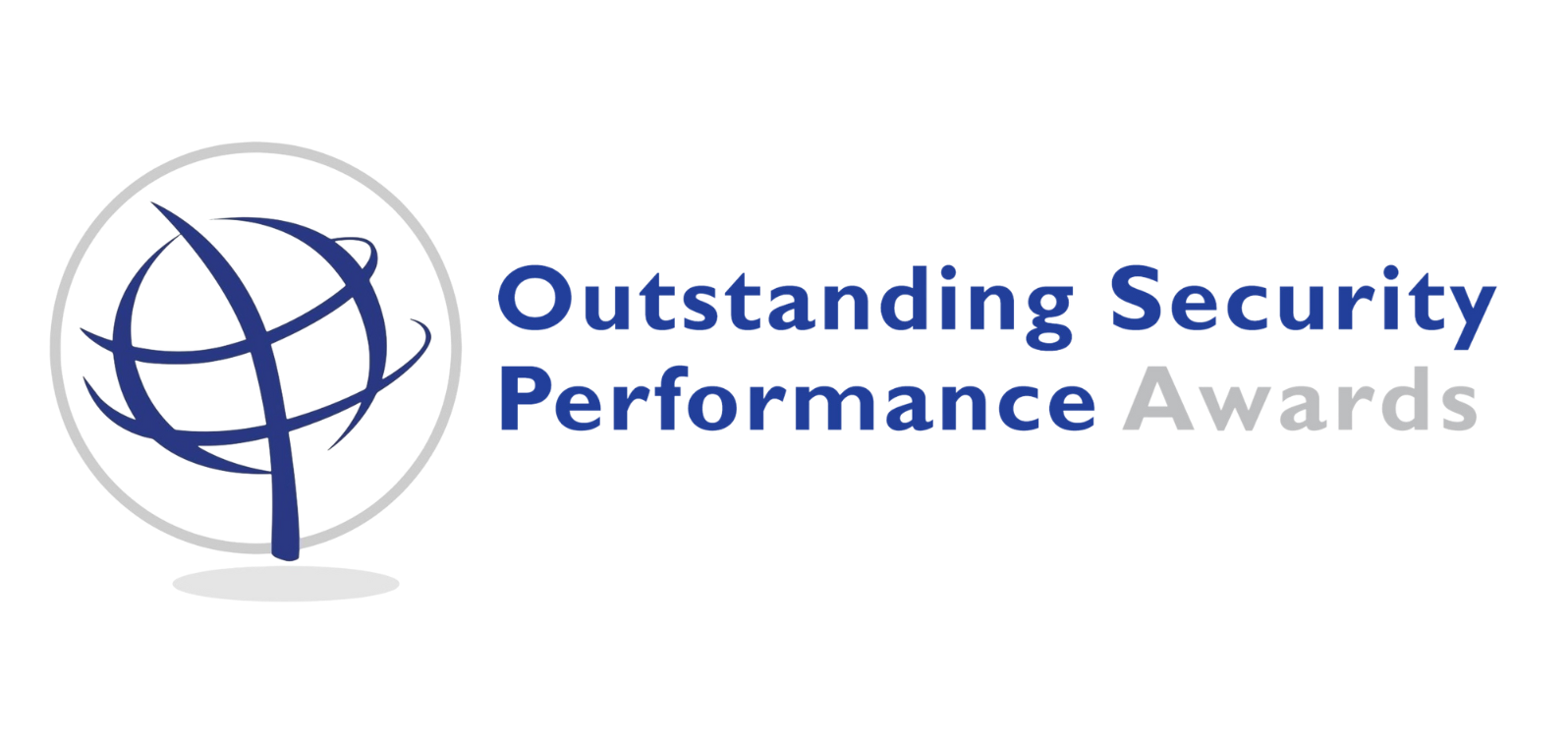
Chair: Martin Gill
Panellists:
Emma Shaw – Managing Director at Esoteric
Dr. Fidelma Ashe – Reader in politics at Ulster University
Amanda McCloskey – Sales & Marketing Director at CIS Security
Key points:
Amanda McCloskey had a background in HR when she joined the security sector and found that in being male dominated attracting women recruits was difficult. The image of security and the language used, for example, manned guards, does not help perception. She started by joining a ‘women in security’ group, aware that this was something many women in different industries were doing. It was helpful and important and is to be encouraged. Security is not so well thought through with regards to other areas of representation such as ethnicity, disability and sexual orientation. The bias that was apparent in Amanda’s early years is evident today and you will watch her read out supporting statistics. In an interesting discussion about what a diverse workforce looks like, Amanda argues the case for a mix of people in the workforce, incorporating a diversity of experience, avoiding resorting to a tick box exercise to cover all groups without engaging meaningfully with why diversity matters. She laments the tendency for companies to largely work in silos – albeit some have good programmes – and calls for a bolder more vocal stance from within the security sector.
Dr Fidelma Ashe speaks as a feminist whose experience is shaped by living in a society emerging from conflict towards peace building. At the core of that process has been the need to reform policing where the concepts of equality and diversity are central; without these there can be no peace. Moreover, without them there is no hope of challenging the historical distrust of the police. Pointing to improvements Fidelma notes there is still a way to go; the LGBT community are still working to break the misogynist shell. She highlights the need to keep moving in a progressive direction, to move faster too, and echoing a theme of the webinar, notes that this is not about increasing numbers, nor about the career advancement of individual women, rather that the focus should be on creating meaningful change and that depends on improving work cultures and embedding the right values. She supports Government intervention.
Emma Shaw notes that having a strategy for managing diversity is common to all sectors not just security, and by using statistics to make a point suggests security is not progressing as well as others. Accepting that improvements have been made, security is still characterised by a male dominated environment with a male dominated culture. Some things are spearheading change. For example, the growth of cyber security has brought a different type of person and skill set under the security workers umbrella; some companies and security associations are spearheading some imaginative recruitment initiatives which meet diversity aims head on; and working flexibly now has added a new dimension. Citing a reference, ‘diversity is fact and inclusion a choice, choose inclusion’ she reminds the sector that there is a need to think about presenting opportunities in ways that will appeal to different groups. Rejecting the view that government intervention is needed Emma contends that the sector has and should take responsibility to bring about change.
Diversity remains one of the big issues of our time. This panel reminds us we need to avoid tick boxes and recognise that being diverse is about behaviour, attitudes, language and culture rather than numbers. The panel members point to some good initiatives and good practices, but there are not enough; to some good examples but there are not enough. Clearly for the security sector this is work in progress, conscious it may well be behind progress made by others.
Martin Gill
29th April 2021

